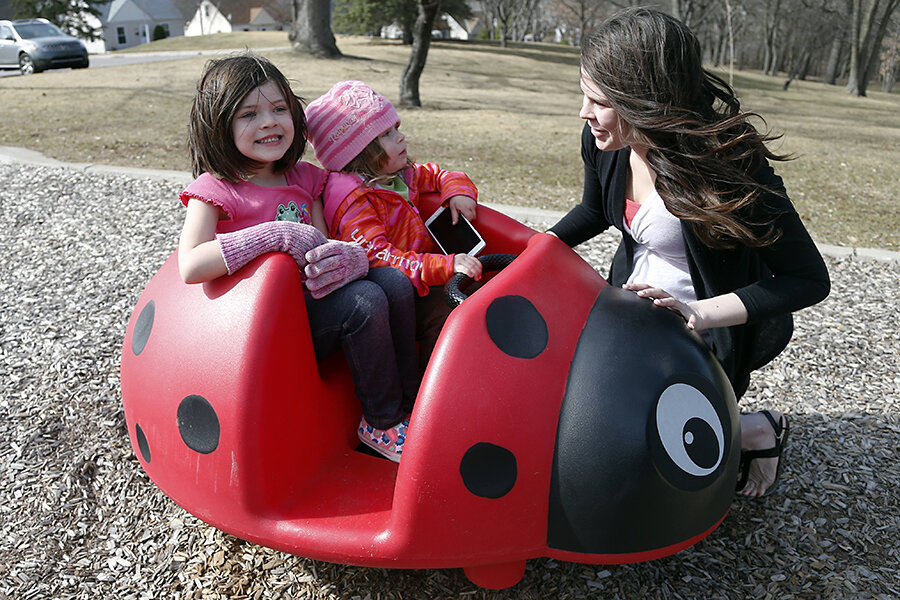Kids Count: How does your state rank in child well-being?
Loading...
For children in New England and the Midwest, life is pretty good. For those in the South and Southwest though, not so much. And overall, kids are not as well off as they were before the 2008 recession.
That's according to the latest Kids Count Data Book released Tuesday by child advocacy group the Annie E. Casey Foundation. The study found that 22 percent of American children were living in poverty in 2013 compared with 18 percent in 2008. Furthermore, poverty rates are nearly double among African-Americans and American Indians.
Regional variations in overall child well-being are especially pronounced. According to the report, problems are most severe across the southwestern and southern states, while states in New England and the Midwest (particularly between Wisconsin and Utah) generally occupy the top 10 spots in the ranking.
The report revealed that 1 in 3 children in Mississippi lived in poverty, while 12 percent of adolescents in Mississippi and Louisiana were “disconnected youths,” or young people who are neither in school nor working.
Meanwhile, fifteen percent of children in Nevada didn't have health insurance at the time of the study, in stark contrast with Massachusetts, the nation’s best for child healthcare coverage, where only 2 percent of kids did not have coverage.
The study covers 16 different measures, including economic well-being, health care, education, and family and community issues.
Nevada, New Mexico, and Mississippi were ranked the lowest in this year’s Kids Count Data Book, while Massachusetts, Vermont, and Iowa ranked the highest.
According to the report, state policies go a long way in determining these variations.
“A child’s chances of thriving depend not just on individual, familial and community characteristics, but also on the state in which she or he is born and raised. States vary considerably in their amount of wealth and other resources. State policy choices also strongly influence children’s chances for success,” the study’s authors conclude.
Several improvements were noted, including an increased rate of high school graduation and a falling percentage of uninsured children. Still, the study notes that fewer children were living with parents with stable employment and more children live in poor areas without a safe place to play.









